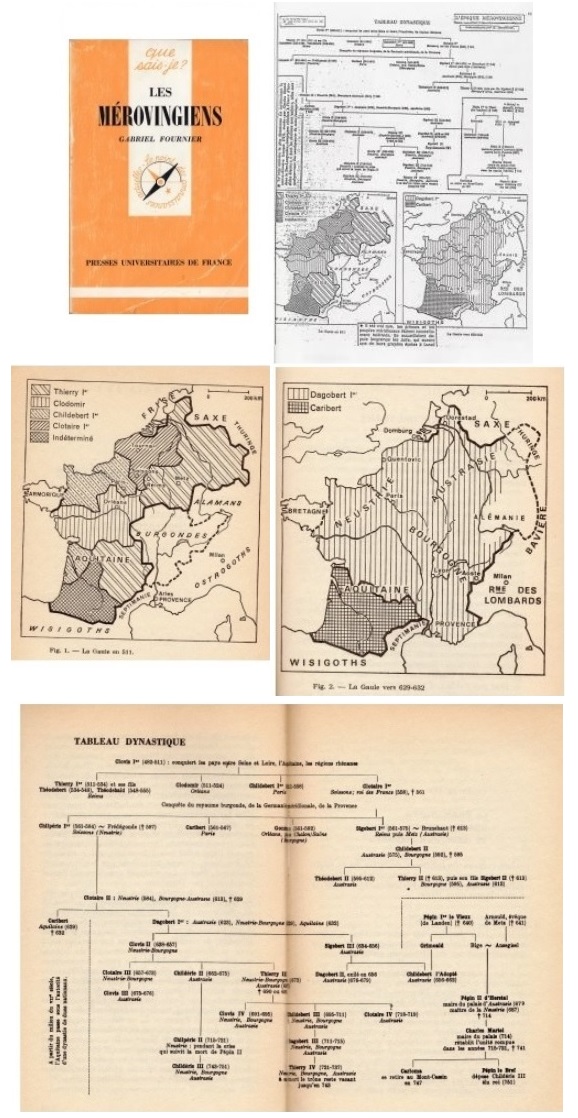Prior to the publication of Gérard de Sède's book, L'or de Rennes, in November 1967, a number of mimeographed brochures and pamphlets were rubber-stamped with the ‘Dépôt Légal’ mark and entered the Bibliothèque Nationale. Their titles are now familiar to us: Dossiers secrets, by Henri Lobineau; Les descendants mérovingiens ou l'énigme du Razès wisigoth, by Madeleine Blancasall; Pierres gravées du Languedoc, by Eugène Stüblein; Un trésor mérovingien à Rennes-le-Château, by Antoine L'Ermite; Généalogie des rois mérovingiens et origine de diverses familles françaises et étrangères de souche mérovingienne, d'après l'abbé Pichon, le docteur Hervé et les parchemins de l'abbé Saunière, curé de Rennes, by Henri Lobineau, and finally, Le Serpent rouge, notes sur Saint-Germain-des-Près et Saint-Sulpice de Paris, by Pierre Feugère, Louis Saint-Maxent and Gaston de Koker.
These texts, which long retained an air of mystery, were mainly attributed to Pierre Plantard and, secondarily, to Philippe de Chérisey, although we believe that all these texts were written without his knowledge. He certainly wrote others, but not these!
Tracing the sources of this windfall gives astonishing results. They often have their origin in completely disparate elements that have been placed end to end. Glue and scissors have often played a major role. I have already pointed out that Antoine L'Ermite's long account is, in fact, a ‘copy and paste’ of a chapter from Robert Charroux's book, Trésors du monde, published in 1962, except for one sentence at the end of that text, which has been changed.
Thirty years ago, I pointed out that the drawings of the ancient stones attributed to Eugène Stüblein had been copied from Julien Sacaze’s Inscriptions antiques des Pyrénées, published in 1892. Identical drawings, and identical captions too!
It should also be noted that the ‘dynastic table’ that appears after the stanzas in Le Serpent rouge is simply a photocopy from pages 16 and 17 of Gabriel Fournier's Que Sais-je? devoted to the Merovingians, just like the two maps of Gaul to be found on pages 4 and 61.
This is not the only identification of this kind, and nor is it my own discovery, but it's worth bearing in mind even so.
